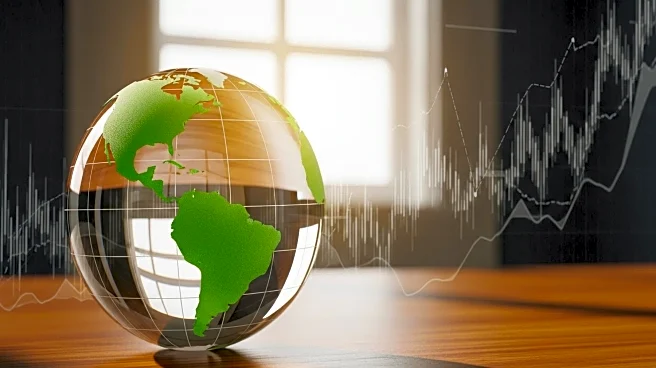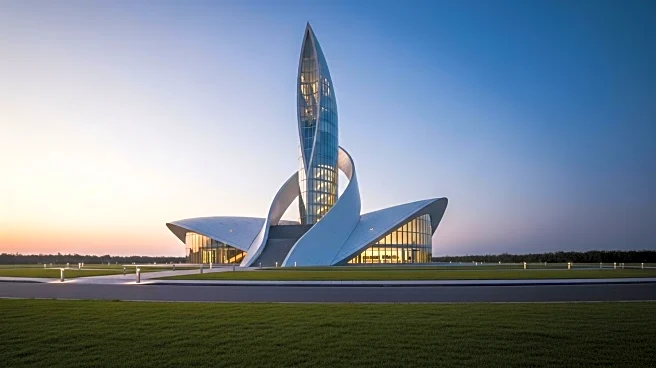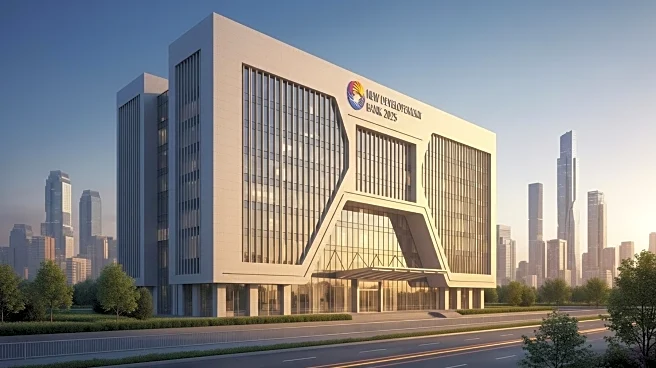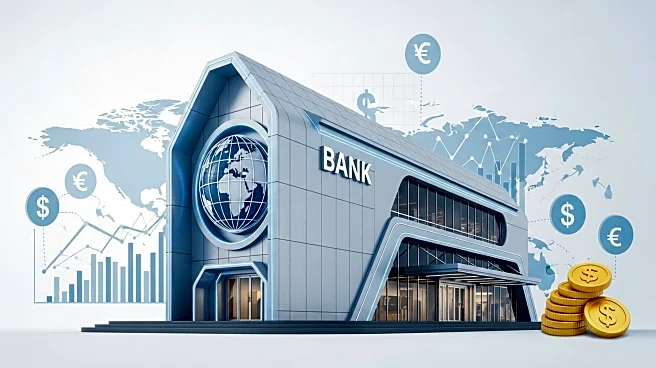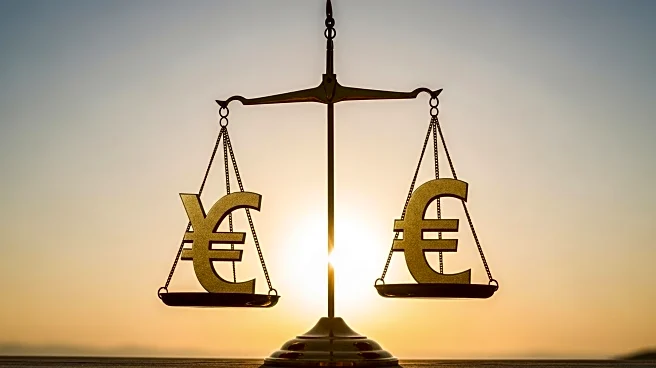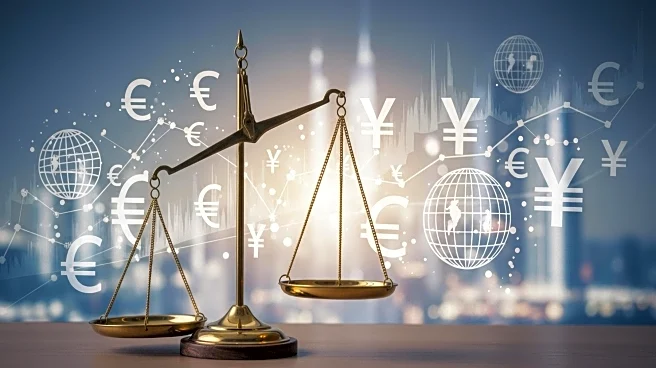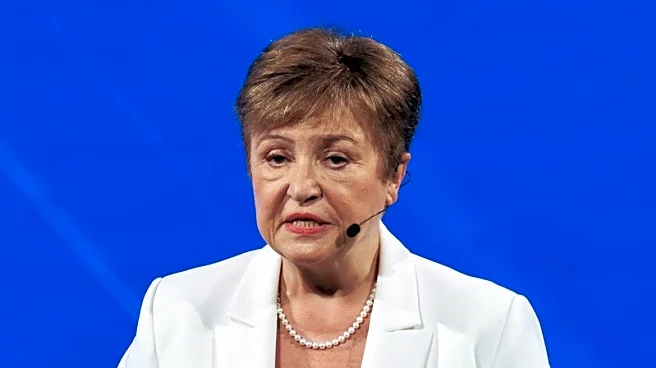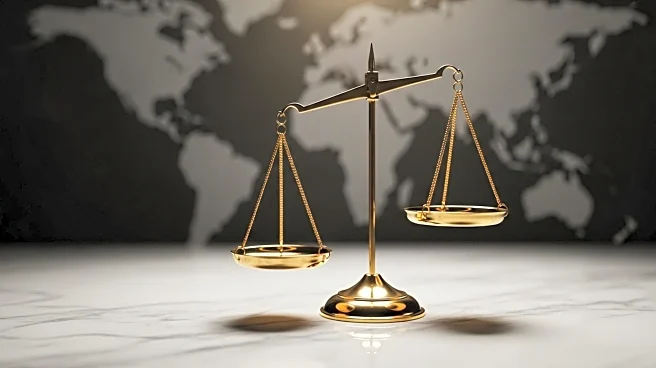What's Happening?
The BRICS New Development Bank (NDB), established in 2014, aims to finance infrastructure and sustainable development projects in emerging and developing economies. With an initial capital contribution of $50 billion from BRICS countries, the bank can grow up to $100 billion with contributions from other countries. The NDB provides valuable resources to help fill the massive gap in investment in infrastructure and sustainable development resources, estimated to reach at least $1 trillion annually. The bank also gives emerging and developing countries a greater voice in the development finance architecture.
Why It's Important?
The NDB's role in financing global development is crucial for addressing the infrastructure and development needs of emerging markets and developing countries. By providing alternative financing options, the NDB helps reduce dependence on traditional financial institutions like the World Bank and IMF. The bank's focus on sustainability and social inclusion aligns with global efforts to address climate change and promote equitable economic growth. The NDB's unique governance structure also reflects a shift towards more democratic decision-making in international financial institutions.
What's Next?
As the NDB continues to grow, it is expected to play a key role in promoting South-South cooperation and reducing dependence on traditional funding sources. The bank plans to increase its loans in local currencies to 30% of its lending portfolio by 2026, aligning with its goal of promoting intra-BRICS trade and reducing exposure to risks inherent in the current international financial system. The NDB's strategic focus on sustainability and infrastructure development will likely lead to more projects that support green development and social inclusion.
Beyond the Headlines
The NDB's evolution reflects broader trends in global finance, including the increasing importance of emerging economies and the shift towards more sustainable and inclusive development models. The bank's focus on local currency use and green bonds highlights its commitment to financial innovation and environmental sustainability. As the NDB continues to grow, it may play a key role in reshaping the global financial landscape by providing alternative financing options that prioritize environmental and social sustainability.

